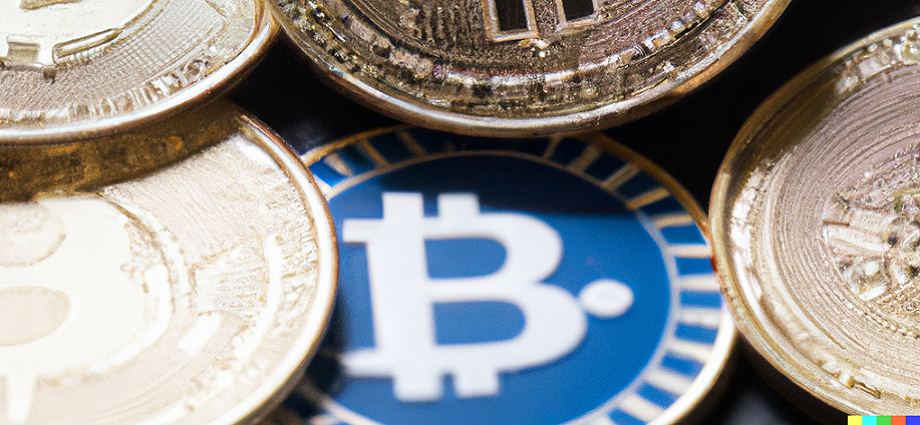Blockchain technology is transforming industries all over the world, and healthcare delivery is no exception. In recent years, healthcare delivery has been plagued by inefficiencies, errors, and a lack of transparency. Blockchain technology offers a solution to these issues and has the potential to revolutionize healthcare delivery.
Introduction
Blockchain technology has been around for over a decade, and its potential to transform industries has been well-documented. However, it is only in recent years that blockchain has gained traction in the healthcare industry. Healthcare delivery is an industry that is ripe for disruption, and blockchain technology offers a solution to some of the biggest issues facing the industry today.
What is Blockchain?
Before we dive into how blockchain is transforming healthcare delivery, let’s first define what blockchain is. A digital ledger that is decentralized and records transactions is known as blockchain. It is a secure, transparent, and tamper-proof way of recording data that can be accessed by anyone with permission. The data is stored across a network of computers, rather than in one central location, making it difficult to hack or manipulate.
Benefits of Using Blockchain in Healthcare
Improved patient outcomes
Using blockchain in healthcare delivery has the potential to improve patient outcomes by providing a secure, transparent, and tamper-proof way of storing and sharing patient data. Healthcare providers can ensure that patients receive the right treatment at the right time, which can help reduce medical errors, improve diagnosis accuracy, and ultimately lead to better patient outcomes.
Increased efficiency
Blockchain can streamline processes, reduce paperwork, and eliminate redundancies. By doing so, healthcare providers can reduce costs and improve the overall quality of care.
Reduced costs
In addition to improving patient outcomes and increasing efficiency, using blockchain technology in healthcare delivery can also reduce costs. By reducing paperwork and eliminating redundancies, healthcare providers can save time and money. Blockchain technology can also help prevent fraud and abuse, which can further reduce costs.
Examples of blockchain in healthcare
There are many examples of blockchain being used in healthcare delivery. One example is the partnership between IBM and the FDA to explore how blockchain can be used to improve the security and transparency of medical data. Another example is the partnership between Guardtime and the Estonian government to create a blockchain-based health records system. This system allows patients to access their medical records securely and transparently, regardless of where they are in the world.
Real-World Examples
IBM and FDA partnership
In 2017, IBM and the FDA announced a partnership to explore how blockchain can be used to improve the security and transparency of medical data. The partnership aims to develop a secure and efficient way to exchange medical data, with the goal of improving patient outcomes and reducing costs.
Guardtime and Estonian government partnership
In 2016, the Estonian government partnered with Guardtime, a blockchain technology provider, to create a blockchain-based health records system. The system allows patients to access their medical records securely and transparently, regardless of where they are in the world. The system has been praised for its efficiency and security, and other countries are now exploring similar systems.
Other examples
Other examples of blockchain being used in healthcare delivery include:
- Medicalchain, a blockchain-based platform that allows patients to securely store and share their medical records with healthcare providers.
- SimplyVital Health, a blockchain-based platform that helps healthcare providers share patient data securely and efficiently.
- Gem, a blockchain technology provider that is working with healthcare providers to improve data sharing and interoperability.
Future of Blockchain in Healthcare
Potential benefits
The future of blockchain in healthcare delivery is bright. As more healthcare providers adopt blockchain technology, we can expect to see improved patient outcomes, increased efficiency, and reduced costs. Blockchain can also help prevent fraud and abuse, which can further reduce costs.
Challenges to overcome
Addressing challenges is necessary for blockchain to reach its full potential in healthcare delivery. Privacy concerns are one of the biggest challenges because healthcare data is sensitive and must be kept secure and confidential. Although blockchain technology can help address these concerns, there are still questions surrounding how to ensure that patient data is kept private and secure.
Role of blockchain in the future of healthcare delivery
Despite the challenges, the potential benefits of using blockchain in healthcare delivery are too great to ignore. As more healthcare providers adopt blockchain technology, we can expect to see a shift towards a more efficient, secure, and transparent healthcare system. The role of blockchain in the future of healthcare delivery will be to provide a secure and transparent way of storing and sharing patient data, ultimately leading to better patient outcomes and reduced costs.
Conclusion
It is transforming healthcare delivery in many ways. By providing a secure and transparent way to store and share patient data, blockchain has the potential to improve patient outcomes and reduce costs. As more healthcare providers adopt blockchain technology, we can expect to see even more benefits in the future. However, there are also challenges that need to be addressed, and it will be interesting to see how the industry tackles these issues in the years to come.

